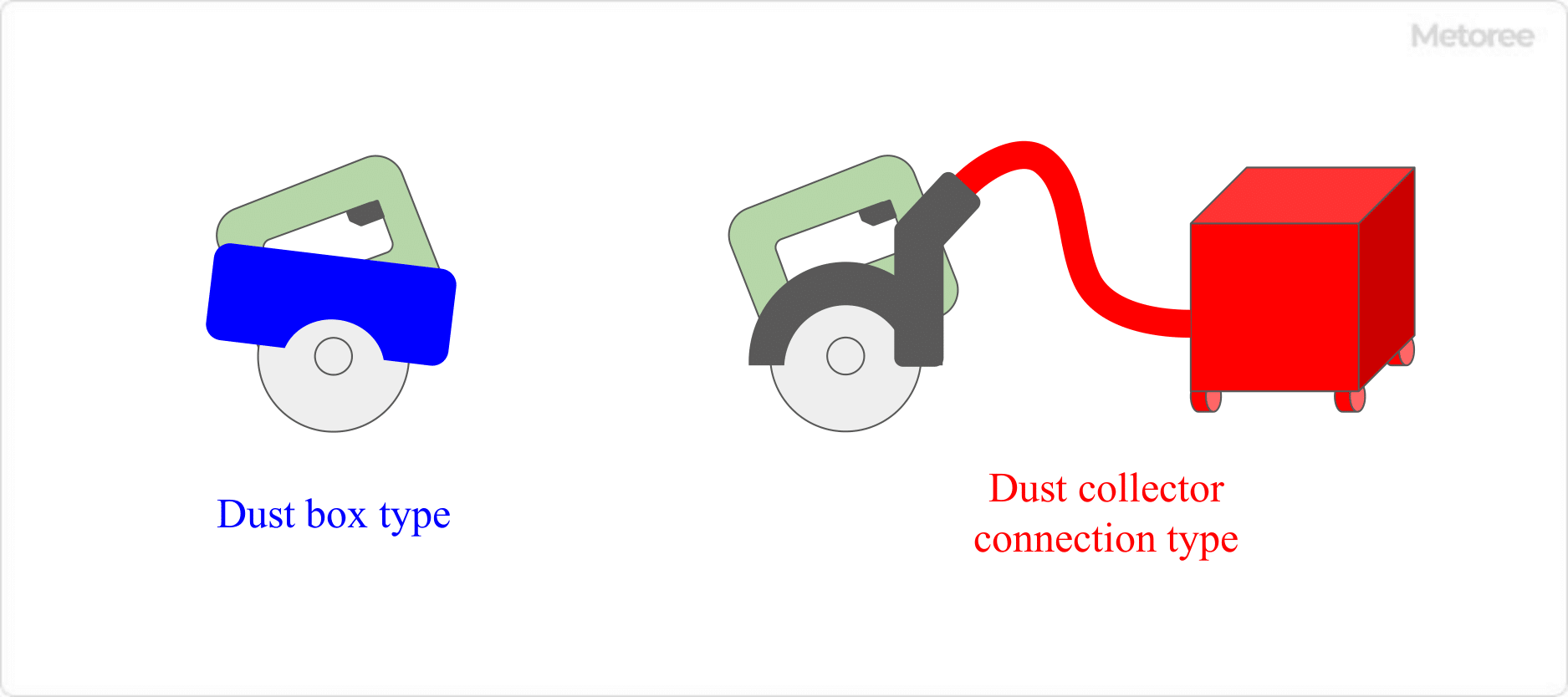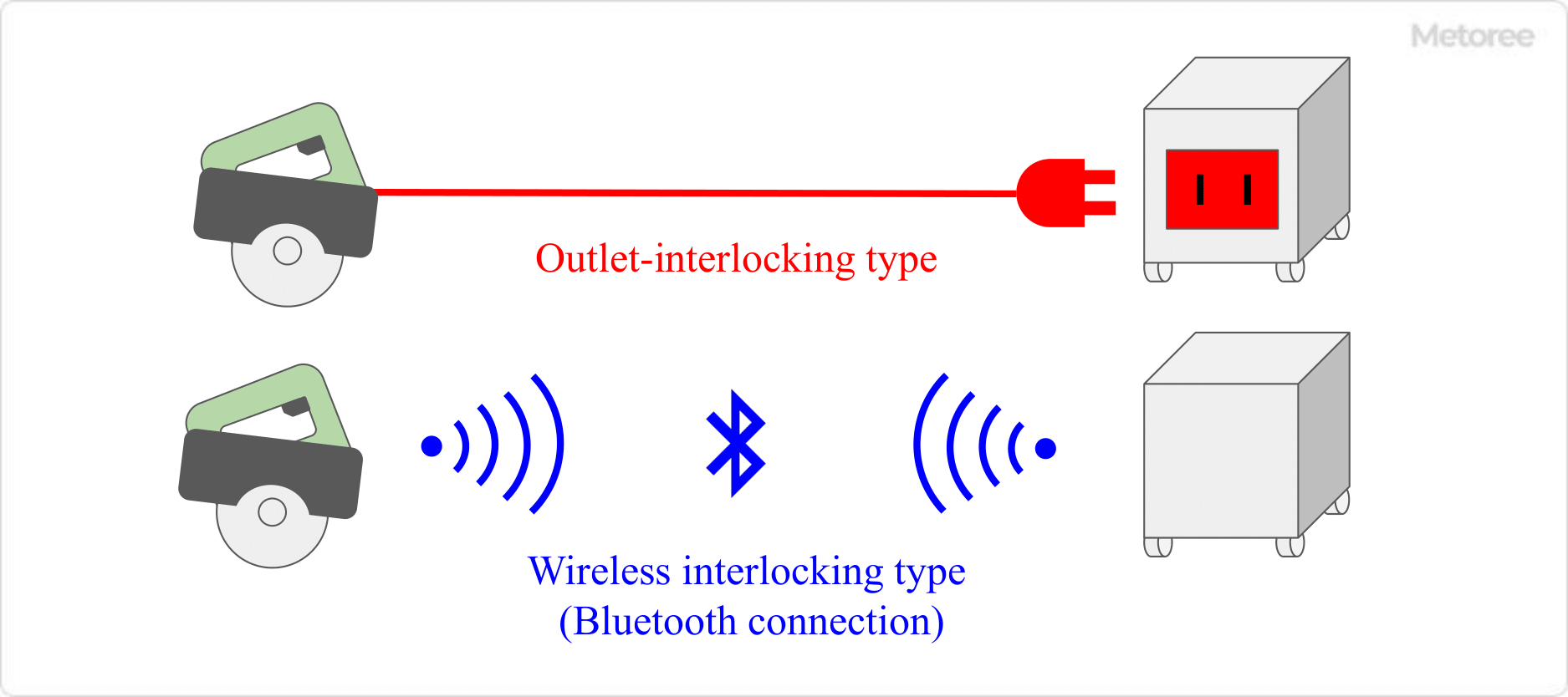All Categories
History




This section provides an overview for dust collecting circular saws as well as their applications and principles. Also, please take a look at the list of 4 dust collecting circular saw manufacturers and their company rankings. Here are the top-ranked dust collecting circular saw companies as of December, 2025: 1.Makita Canada Inc, 2.Koki Holdings Co., Ltd., 3.Hilti.
Table of Contents
Categories Related to Dust Collecting Circular Saws
A dust collecting circular saw is a conventional electric circular saw with dust collecting capability.
It can work while vacuuming dust, and chips generated during material cutting. It is also called a dust-proof circular saw.
It is especially suitable for cutting plasterboard and siding board, where dust can be scattered. The work environment is kept clean, so the effect on the respiratory organs is minimized and workers are protected from health hazards. It also reduces cleaning labor.
Since there is no dust impact on the surrounding environment, other work can proceed in parallel.
Dust collecting circular saws are often used for cutting plasterboard and siding board, which tend to generate dust. They can also be used for a variety of other materials, including wood, metal, and plastic. It is important to select the appropriate chip saw depending on the material.
They are used in a wide range of situations such as construction sites, remodeling, furniture making, and DIY. Since dust and chips do not scatter, they are preferred by those who do not want to contaminate the work site, those who want to prevent health hazards, and those who want to make cleaning easier.

Figure 1. Principle of dust collecting circular saw
Dust collecting circular saws have a dust collecting suction port located near the cutting section. This ensures that dust and chips are sucked out before they scatter, keeping the work environment clean.
Dust and chips sucked in through the suction port are collected in a dust box provided with the main unit or in an external dust collector.
The following three points should be considered when selecting a dust collecting circular saw.
There are two types of power supply for dust collecting circular saws: cord-type and battery-type. The cord type allows you to work without worrying about battery capacity, but the cord makes it somewhat inconvenient to handle.
The battery type is easier to operate because there is no need to worry about the cord. When working for a long time, it is recommended to have spare batteries.

Figure 2. Dust box type and dust collector connection type
There are two types of dust collecting circular saws: a dust box type installed in the main unit and a type connected to an external dust collector. The dust box type can be used independently, making it easy to carry and easy to work with. However, its capacity is smaller than that of a dust collector, and it is necessary to dispose of waste frequently.
The dust collector-connected type has a higher dust collection rate and larger capacity than the dust box type. Since the dust collector is connected with a hose, operability is slightly worse.

Figure. 3 Outlet-interlocking type and wireless interlocking type
There are two types of dust collector connection types: the outlet type and the wireless type. In the outlet-connected type, the power source for the dust collecting circular saw is taken from the dust collector, thereby interlocking the switch between the circular saw and the dust collector.
The wireless interlocking type enables wireless interlocking of the switch by connecting the dust collecting circular saw and the dust collector via Bluetooth.
The dust collecting circular saw can be used in the following four major steps.
1. Preparing the Dust Collecting Circular Saw
First, attach the appropriate chip saw to the dust collecting circular saw for each material, such as plasterboard, siding board, wood, and metal. Next, adjust the blade's extension according to the thickness of the material to be cut.
It is appropriate for the blade to protrude 3 to 5 mm from the material. If an external dust collector is used, make sure the hose is securely connected.
2. Preparation for Cutting
Place the material to be cut on a stable stand and secure it with a clamp or vice. Mark the cutting line on the material, before cutting.
If the cut-off side is too large, the material may deflect and pinch the blade, causing kickback. It is necessary to prepare a support material or other platform for the cut-off side as well.
3. Cutting Operation
It is important to maintain the proper speed and direction of travel during cutting operations. If too much pressure is applied to the blade or the direction of travel is bent, the blade and material will engage, causing kickback.
To avoid injury or accident in the event of kickback, do not stand directly behind the cutting line. Cords, hoses, etc. should also be avoided.
4. After Cutting Work Is Finished
After the work is finished, dispose of any debris in the dust box or dust collector. The blades should also be inspected and maintained, cleaning them if dirty or replacing them if worn.
*Including some distributors, etc.
Sort by Features
Sort by Area


Koki Holdings Co. Ltd., established in 1948 and based in Tokyo, Japan, is a manufacturer of several power tools, including drilling, cutting, sawing, fastening, and grinding tools. The company began making chemistry equipment in 1954 and launched its first disk grinder in 1957. In 1960, it began making pneumatic tools, and in 1962, it started producing gas engine equipment. It began making printers in 1963 and woodworking machinery in 1969. In 1978, it opened its first overseas subsidiary in West Germany, and in 1979, it opened its first overseas manufacturing subsidiary in Singapore.

Makita Canada Inc., established in 1973 and headquartered in Ontario, Canada, is a manufacturer of power tools, pneumatics, and cleaning technology. The company specializes in outdoor power equipment, janitorial and cleaning equipment, and pneumatic tools. Its products include combo kits, drills and fastening, and lawnmowers. Its XGT platform, available in 40V and 80V max systems, offers high power for demanding jobs, while the LXT system provides cordless solutions with 18V slide-style batteries. The company's commercial cleaning products include upright, backpack, and robotic vacuums. Its outdoor solutions feature power cutters, chainsaws, and dethatchers/scarifiers.
Ranking as of December 2025
Derivation Method| Rank | Company | Click Share |
|---|---|---|
| 1 | Makita Canada Inc |
42.9%
|
| 2 | Koki Holdings Co., Ltd. |
28.6%
|
| 3 | Hilti |
14.3%
|
| 4 | Dustless Tools |
14.3%
|
Derivation Method
The ranking is calculated based on the click share within the dust collecting circular saw page as of December 2025. Click share is defined as the total number of clicks for all companies during the period divided by the number of clicks for each company.Number of Employees
Newly Established Company
Company with a History
*Including some distributors, etc.
*Including some distributors, etc.
| Country | Number of Companies | Share (%) |
|---|---|---|
 United States of America
United States of America
|
1 | 50.0% |
 Japan
Japan
|
1 | 50.0% |
9 products found
9 products
Kyocera Corporation
360+ people viewing
Last viewed: 19 hours ago
■Features ・Dust box can be attached and detached to suit various work situations ・18V class fastest rotation speed 5,300^1 ・Box design that is e...
Kyocera Corporation
390+ people viewing
■Features ・Achieves speedy cutting with power comparable to 100V power supply (AC) ・The first removable dust box in the 18V class ・“Variable dis...
Ueda Co., Ltd.
230+ people viewing
■Product details information ・Economical because 40Vmax lithium-ion battery can be reused ・Reverse hand specification & center balance design for...
Ueda Co., Ltd.
230+ people viewing
Economic efficiency as 40Vmax lithium-ion battery can be reused ■Reverse hand specification & center balance design for comfortable cutting ・Intr...
Ueda Co., Ltd.
280+ people viewing
Last viewed: 1 hour ago
Optimal rotation speed and increased rigidity provide sharp cutting ability, and ``electronic control'' and ``small-diameter cutlery'' take the cut...